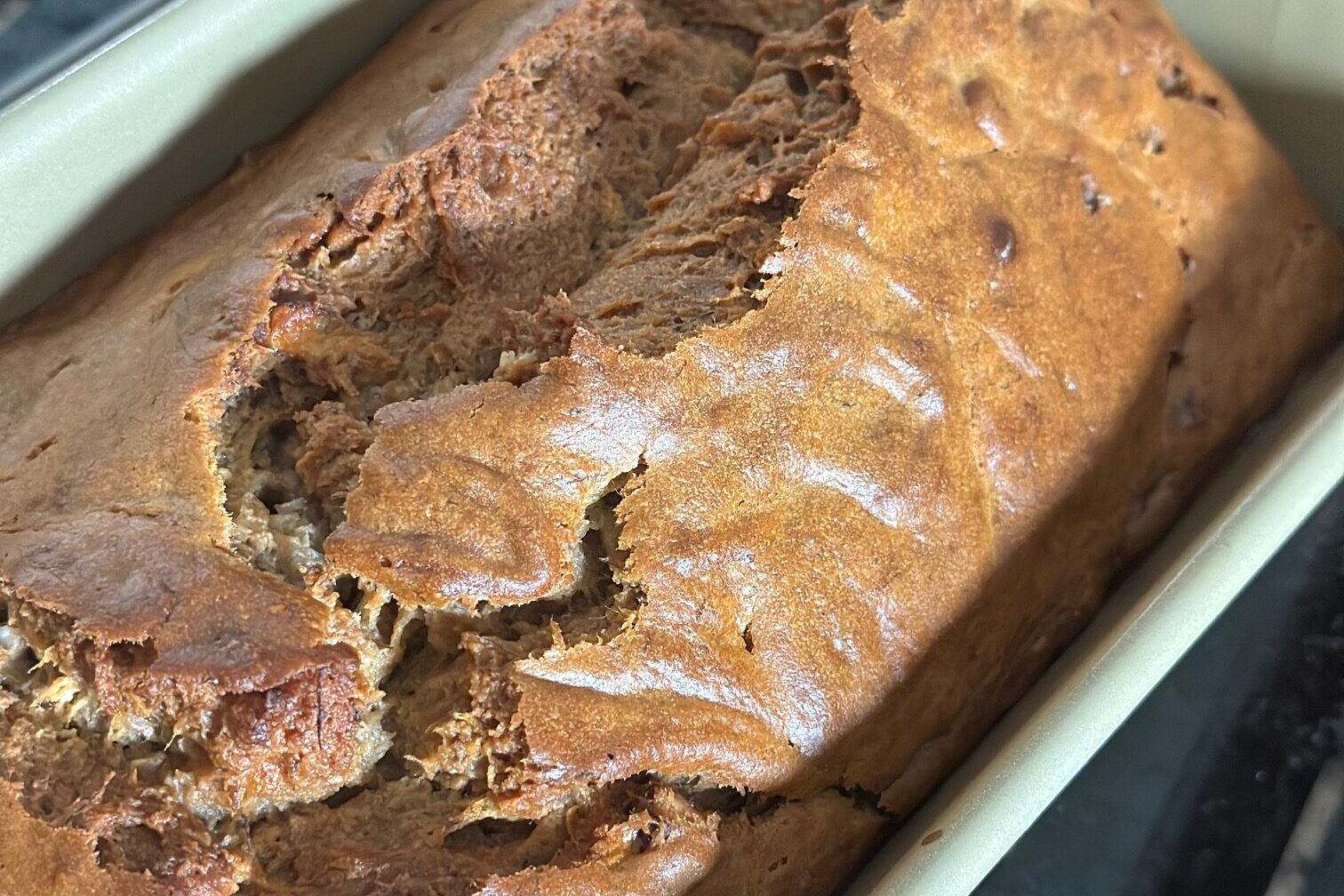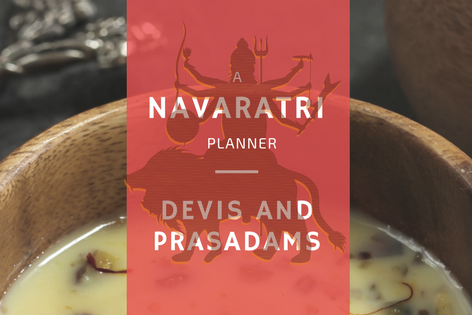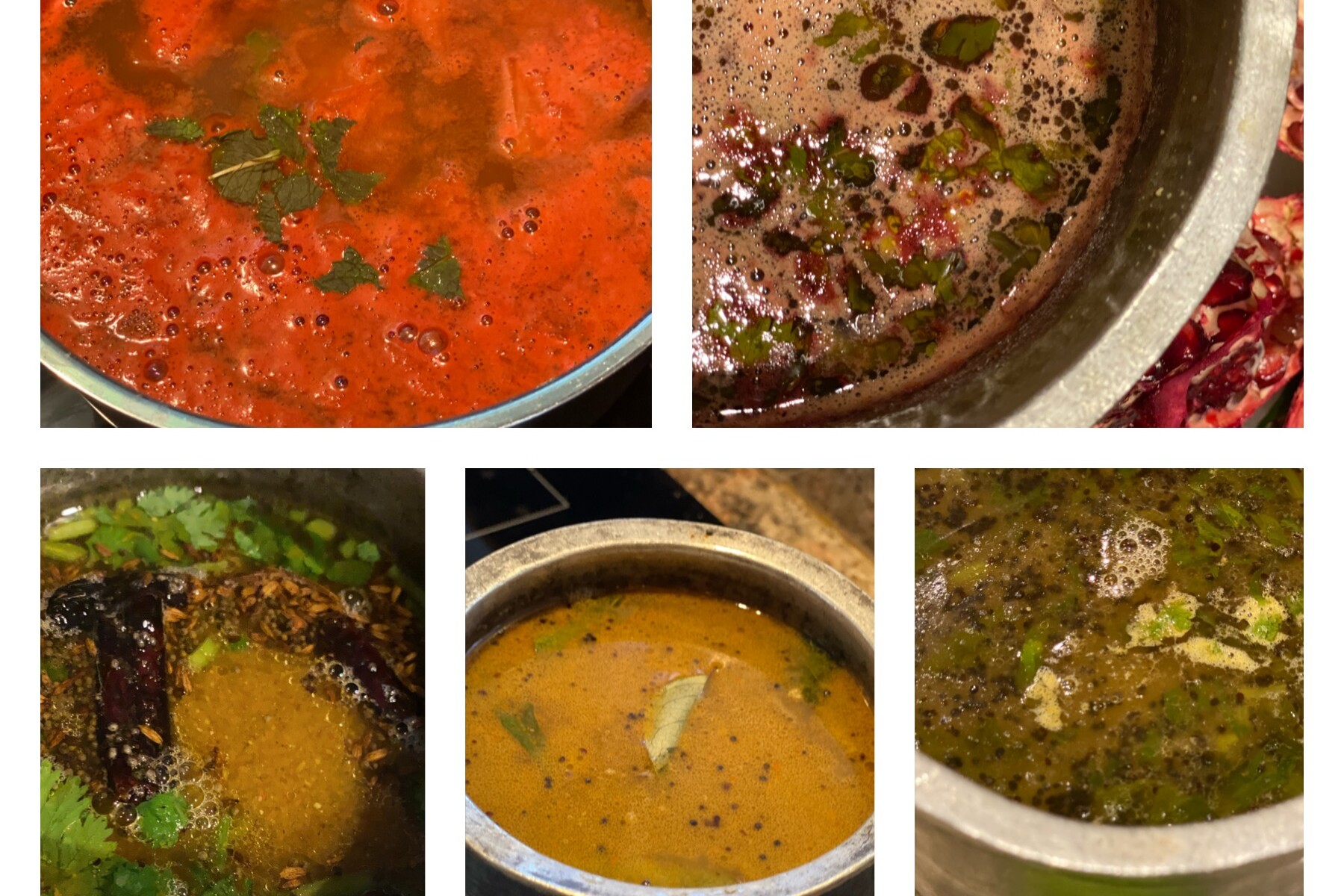Desserts made with sticky black rice are a specialty of Southeast Asia. This unpolished, short-grain rice is often labeled as glutinous rice, a reference to its consistency when cooked and not to its gluten content. The color isn’t black either, which becomes obvious when you start to wash it. The grains stain the water a deep wine and turn purplish when cooked.
It wasn’t until I started researching black rice that I discovered its health benefits. The pigment comes from anthocyanins, antioxidants found also in purple vegetables and fruits such as beetroot, blackberries, and mangosteen. Besides fiber, black rice is also rich in iron.
I first tasted sweetened black rice as a filling in a dumpling. However, a more popular black rice dessert, especially in Malaysia and Singapore, is pulut hitam (Malay for black glutinous rice), a mélange of the grain, coconut milk, and palm sugar.
This is not your traditional, mushy rice pudding. Black rice is far more assertive – it has a nutty flavor and retains some bite when cooked as the husks are still intact. This also means it requires more water and takes much longer to cook than its polished white counterpart so a bit of planning is necessary. But once you’re done with that stage, the dish requires very little effort.
The other nice thing about pulut hitam is that it allows you to experiment. You can use virtually any type of sugar. I have used the Indian jaggery and brown sugar with equal success. Pandan leaf (screwpine leaf) is the traditional flavoring ingredient but you can add cardamom pods or vanilla. You can also substitute the coconut milk with pouring or whipped cream, fruit puree, or even custard. The dessert pairs well with many fruits. Try mango or banana slices, or lychee for an exotic twist.
Ingredients:
- 200 g black glutinous rice
- 200 g palm sugar (gula melaka) or jaggery (unrefined cane sugar), or brown sugar to taste
- 6-8 cups water
- Pinch of salt
- 150 ml coconut milk
Optional
- Two pandan leaves or three cardamom pods, skinned and crushed
- Coconut cream and fruits to serve

1. Toast the rice in a frying pan or low oven to bring out the aroma. Wash and soak it for a couple of hours.
2. If you’re cooking the rice on an open fire, cover it with water and bring it to the boil. Add the pandan leaves, turn the heat to low and cook, stirring every now and then and adding more water as necessary until the grains are soft. The process may take 1.5-2 hours. Alternatively, you can use a slow cooker or a pressure cooker, if you have one. I usually let the rice cook overnight in a slow cooker. If you’re using a pressure cooker, allow about 15 minutes.
3. Meanwhile, boil 100 ml water and dissolve the palm sugar or jaggery and a pinch of salt until syrupy. Add the crushed cardamom pods, if using.
4. Stir the syrup into the rice.
4. Add the coconut milk.
5. Swirl some coconut cream on top and serve.





